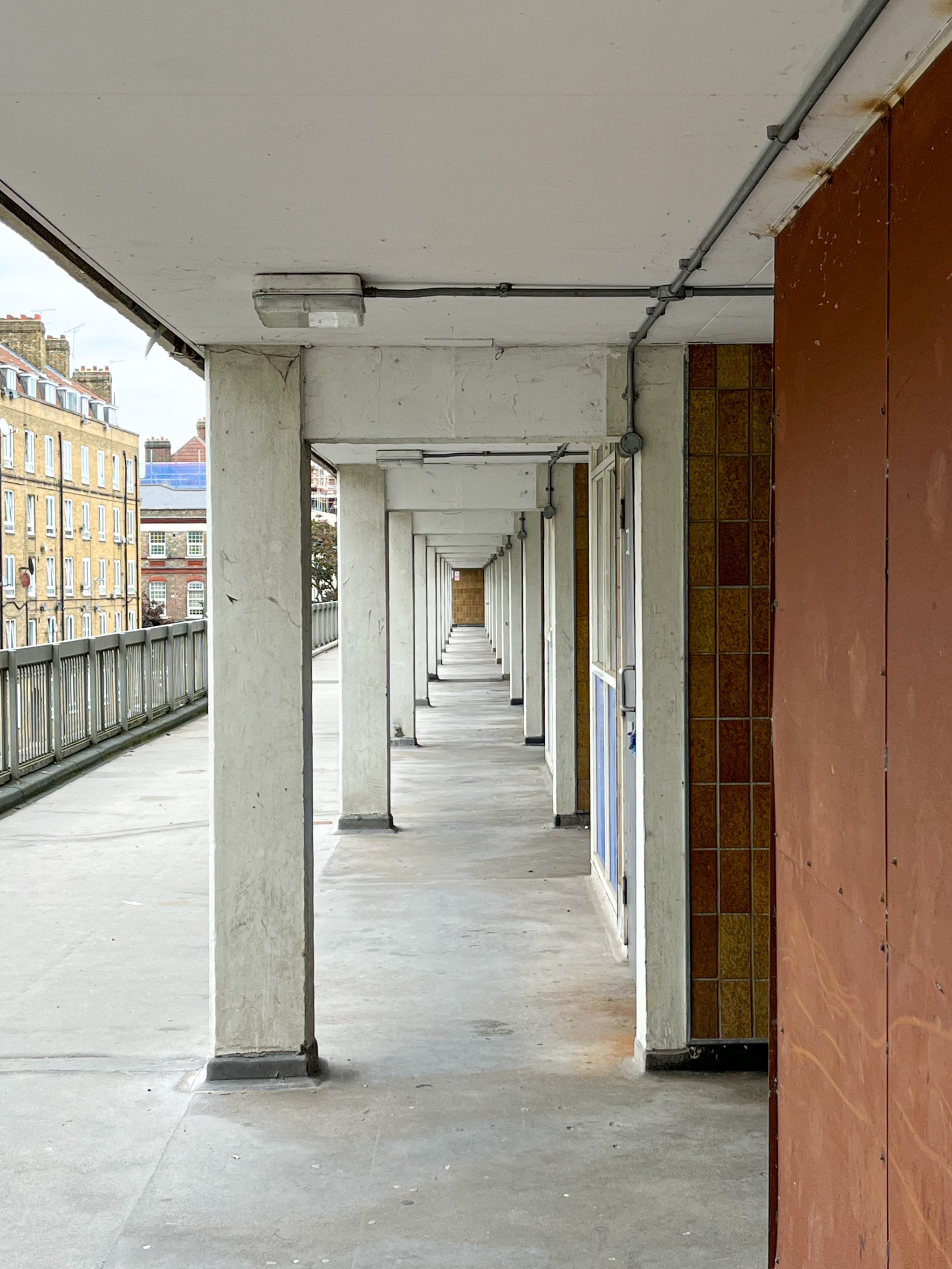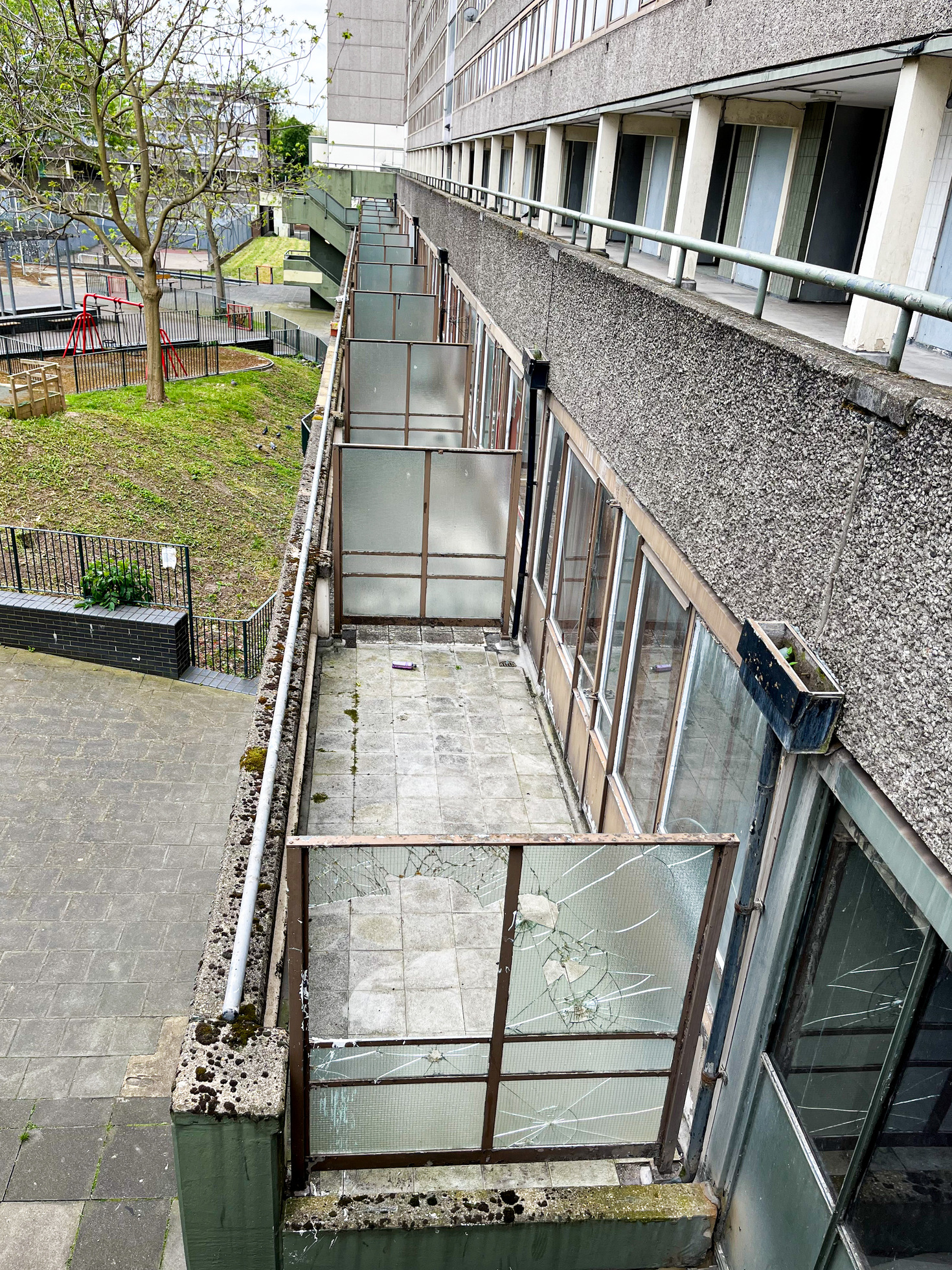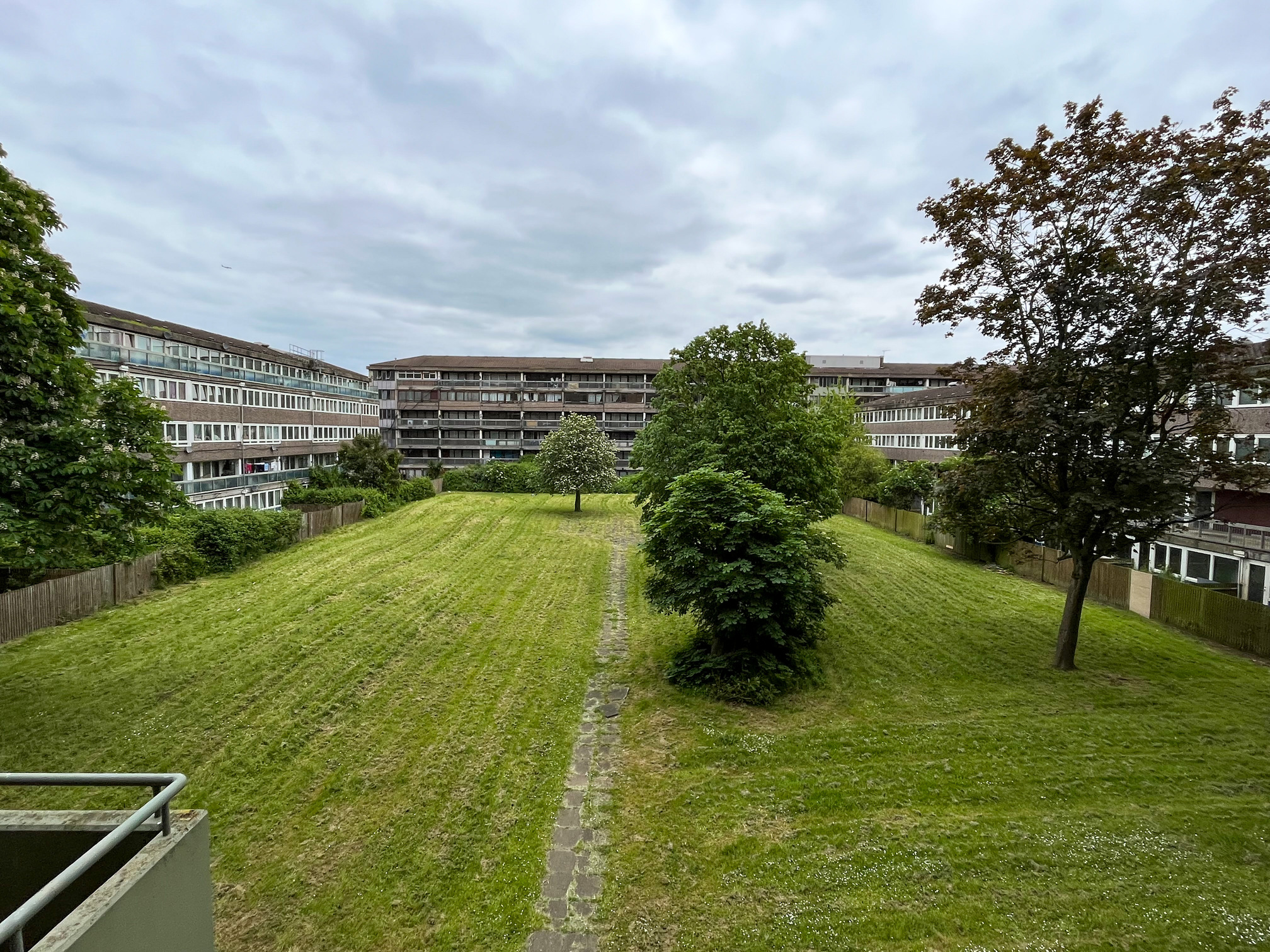The “regeneration wave”, hopefully not another missed opportunity to create social value
Posted on 15-07-2023
We are almost on the home straight of RE-DWELL and the Summer School in Reading was an excellent opportunity to reflect on the different approaches to housing production in European cities, in this case, using the British experience as a backdrop. The week-long programme was dedicated to exploring innovative schemes and approaches to development. Keynote speakers and participants agreed that a more dynamic and diverse supply is at the crux of the solution, as is the inevitable need for political will and policy aimed at reducing the economic burden that often curtails the viability of projects and has been the Achilles heel of innovation, experimentation and diversification in housing markets.
Creating the much-needed housing stock required to tackle Europe's housing crisis is in many cases taking shape through regeneration. In cities like London, where access to land is limited, housing providers are opting for a mixed-use approach to development with the intention of funding the quota of affordable and social housing units required by local and national plans while embellishing the brief with appealing terms like diversity, inclusion and mixed-communities. Scholars and activists have referred to this process in a less benevolent narrative, describing it as a gradual phenomenon of displacement and replacement of less affluent communities, that inevitably gravitate to the urban fringes, with a more well-off population, in something more akin to state-led gentrification (Hubbard & Lees, 2018; Lees & Hubbard, 2021; Lees & White, 2019). These problems are exacerbated by the fact that many social housing estates are sitting on land that is nowadays very attractive to investors, they have been the object of decades of neglect characterised by poor maintenance and budget cuts, and feature complex issues of anti-social behaviour and deprivation associated with mismanagement and an inability of landlords to cater for the needs of residents. As might be expected, the literature on this issue describes disproportionate impacts on BAME (Black, Asian and Minority Ethnic) residents, characterised by disruption of livelihoods and loss of cultural and social capital that certain areas of the city face as a result.
Furthermore, the fact that residents are being priced out from their local area by regeneration projects becomes more egregious when one analyses examples such as the redevelopment of Heygate Estate in Elephant and Castle and the ongoing dismantling of Aylesbury Estate. Both schemes and their vast sites were testaments to the now withered social housing boom that spearheaded Welfarist policies in post-war Britain. These symbols of large-scale Brutalist housing architecture are located in the London Borough of Southwark, which is one of the largest social landlords in the country with around 53,000 homes (Southwark Council, 2017). It is therefore no coincidence that this borough has been one of the most affected by mixed tenure regeneration schemes that have started to lead the provision of housing in the city. The question is whether this approach to development is rightfully addressing the demand gap where it is most needed. Estimates made after the regeneration of the Heygate estate denoted a significant loss of council homes which were not replaced as part of the new project. According to the borough, 25 per cent of the 3,000 dwellings approved for the new scheme are allocated to affordable housing, which equates to only 750 dwellings. Originally, the estate comprised 1,212 dwellings, of which 1,020 were owned by the council and 192 were privately owned, bought under the right-to-buy scheme (Southwark Council, 2023).
However, other sources tally an even more pessimistic outcome: only 212 homes will be affordable (80 per cent of the local market price) and 79 socially rented (Cathcart-Keays, 2015). One can wonder why there is such a mismatch between the figures but what is more concerning is the net reduction of social housing in either scenario. In the case of the Aylesbury Estate, the council has followed a very similar modus operandi in its ongoing regeneration. The estate consists of 2,402 homes let by the council and 356 homes sold under the right to buy. They will be replaced by 4,900 homes in various tenancies, of which 1,473 will be social housing (Hubbard & Lees, 2018). Again, this will represent a foreseeable change in the socio-demographic make-up of the local area in the medium- to long-term. As a result, we would not only fail to provide more affordable homes in well-connected and serviced areas of the city, but also reduce the already insufficient housing stock.
To consider social value at the heart of a regeneration project becomes central to avoid the above mentioned scenarios. It is now ten years since the Public Services (Social Value) Act 2012 came into effect in January 2013. A legislation that requires those commissioning public services to consider, generate and demonstrate wider social, economic and environmental benefits to the community. The Act encourages commissioners to work with the community and local stakeholders to design and shape the services to be provided, having a great implication for the built environment sector because of the inherent impact it has on society. Social value should therefore be thoroughly discussed when it comes to regeneration. Since the passage of the Act, social value has become relevant, particularly for housing providers, to provide evidence of the added value of their operations. This momentum has been catalysed by the publication of several metrics and frameworks intended to benchmark and standardise the sector's approach (See Samuel, 2020; UKGBC, 2020, 2021). However, challenges have been identified in assessing the social outcomes of projects, particularly those serving disadvantaged communities. As is so often the case with sustainable development, it is more straightforward to demonstrate economic gains or environmental breakthroughs than social impact.
Someone has to pay for it
During the Summer School, we had the opportunity to talk to a wide range of stakeholders who are shaping the cityscape of London and Reading. Examples ranged from developers of build-to-rent schemes to housing association-led regeneration projects. They allowed us to reflect on the crucial role of housing providers, developers and architects in adding real value by providing the homes we need and targeting the populations that have been left out of the market and who need it most. Conspicuously, the panorama is dominated by large-scale redevelopment projects, driven by an eminently commercial interest, which are instrumentalised to cross-subsidise social housing, in many cases not even built as part of the scheme. "Someone has to pay for it" has become the new mantra used to justify this approach. Perhaps it is because of government inaction that this is now our most powerful and effective tool for creating affordable and social homes today in many cities across Europe. However, it is unlikely that the supply gap can be bridged let alone met at the current rate in the foreseeable future. In the case of the UK, we are talking about 10% being earmarked for affordable housing in any major development (Barton & Wilson, 2022). This, of course, overlooks the real issue of affordability: Affordable housing (remember: a rent of up to 80% of the market rent) is virtually unaffordable for a large swathe of the population in cities like London. The term affordable housing is becoming an oxymoron for Londoners.
Approaches such as the Building for 2050 project and Clarion's strategy for regeneration were then discussed and analysed with a view to future prospects. As Paul Quinn from Clarion pointed out, regeneration should put residents at the heart of the process, choosing to preserve livelihoods and avoid disruption as much as possible. The retrofit of the current housing stock in the hands of housing associations and local councils should always be considered as a first option, but for this, we still need decisive support from decision-makers. We need more social and affordable homes and housing associations have both a huge responsibility and opportunity to accelerate and scale up regeneration by treating housing as a fundamental right, not a commodity, while increasing its social value.
References
Barton , C. and Wilson, W. (2022) What is affordable housing? - House of Commons Library, What is affordable housing? Available at: https://commonslibrary.parliament.uk/research-briefings/cbp-7747/ (Accessed: 12 July 2023).
Cathcart-Keays, A. (2015, February 16). Report: London loses 8,000 Social Homes in a decade. The Architects’ Journal. https://www.architectsjournal.co.uk/news/report-london-loses-8000-social-homes-in-a-decade
Hubbard, P., & Lees, L. (2018). The right to community? City, 22(1), 8–25. https://doi.org/10.1080/13604813.2018.1432178
Lees, L., & Hubbard, P. (2021). “So, Don’t You Want Us Here No More?” Slow Violence, Frustrated Hope, and Racialized Struggle on London’s Council Estates. Housing, Theory and Society , 39(3), 341–358. https://doi.org/10.1080/14036096.2021.1959392
Lees, L., & White, H. (2019). The social cleansing of London council estates: everyday experiences of ‘accumulative dispossession.’ Housing Studies, 35(10), 1701–1722. https://doi.org/10.1080/02673037.2019.1680814
Samuel, F. (2020). RIBA social value toolkit for architecture. Royal Institute of British Architects.
Southwark Council. (2017, April 20). Regeneration at Elephant and Castle and Affordable Homes. Southwark Council. https://www.southwark.gov.uk/news/2017/apr/regeneration-at-elephant-and-castle-and-affordable-homes
Southwark Council. (2023, February 14). Elephant and Castle Background to the Elephant Park development site. Southwark Council. https://www.southwark.gov.uk/regeneration/elephant-and-castle?chapter=4
UKGBC (2020). Delivering social value: Measurement. https://www.ukgbc.org/ukgbc-work/delivering-social-value-measurement/
UKGBC (2021). Framework for defining social value. https://www.ukgbc.org/ukgbc-work/framework-for-defining-social-value/
Related cases
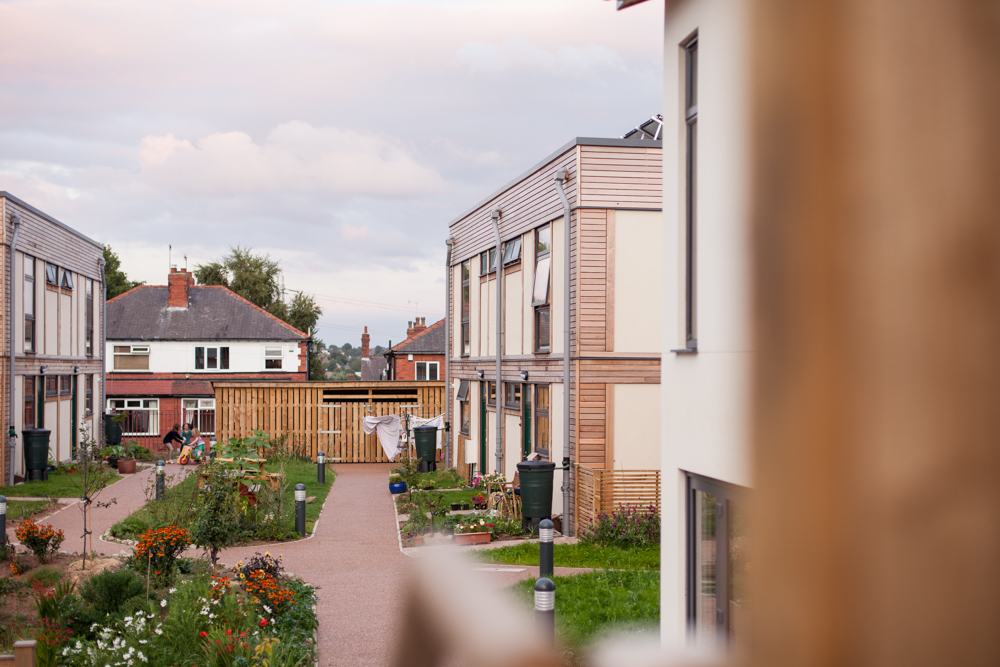
LILAC_Low Impact Living Affordable Community_Leeds
Created on 15-11-2024
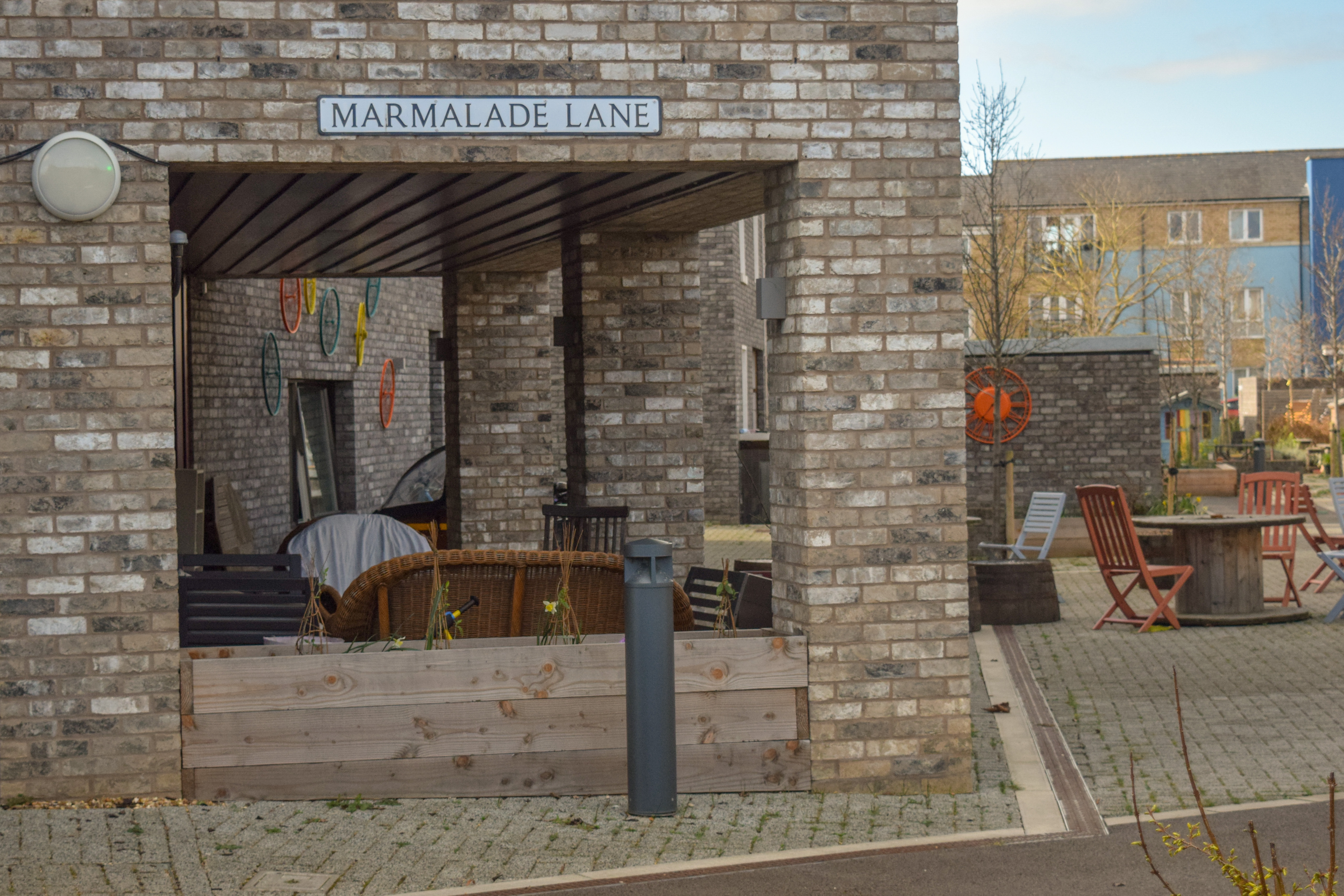
Marmalade Lane
Created on 08-06-2022

Broadwater Farm Urban Design Framework
Created on 26-07-2024

